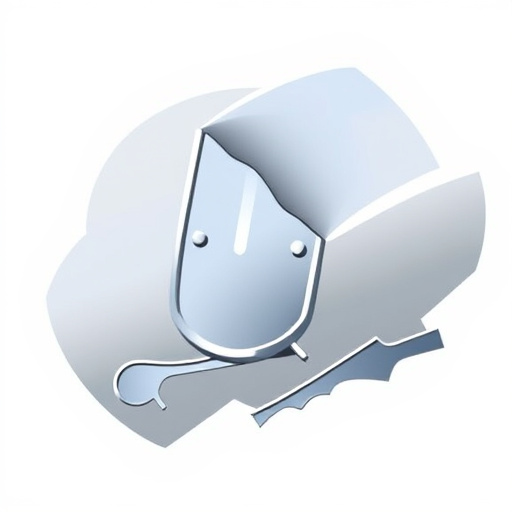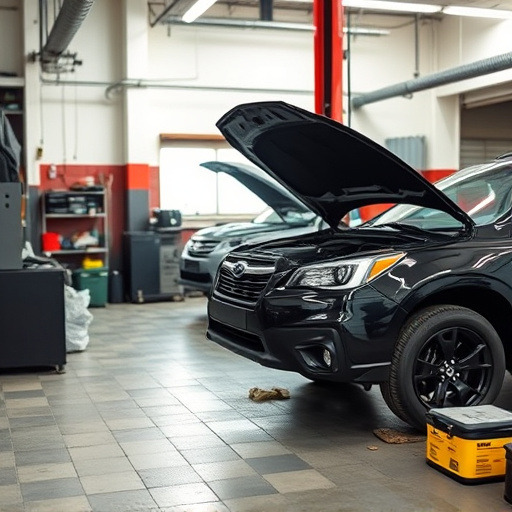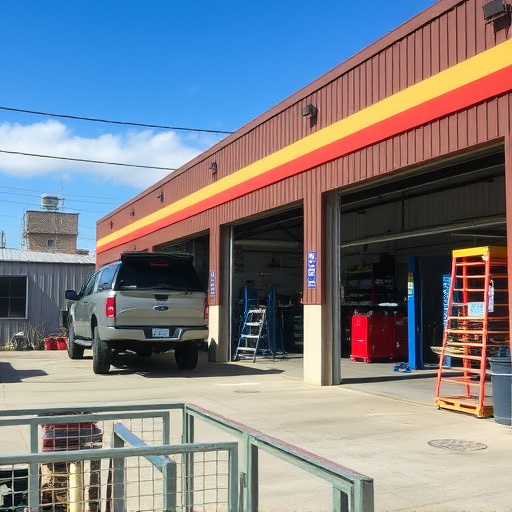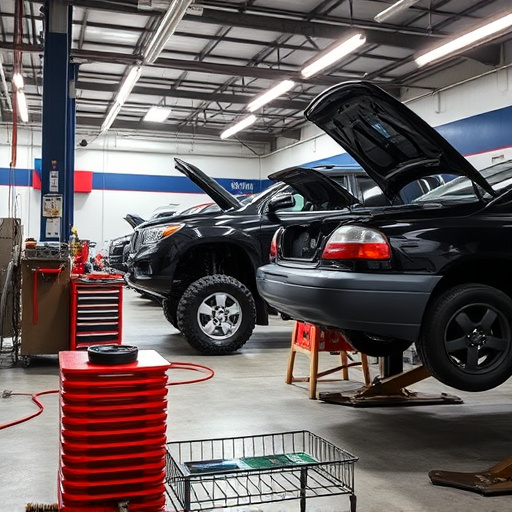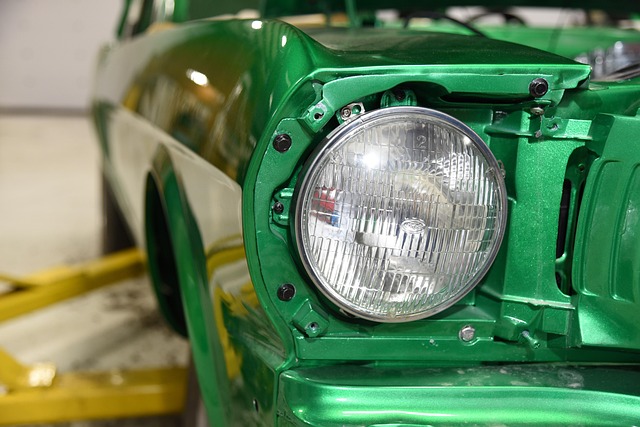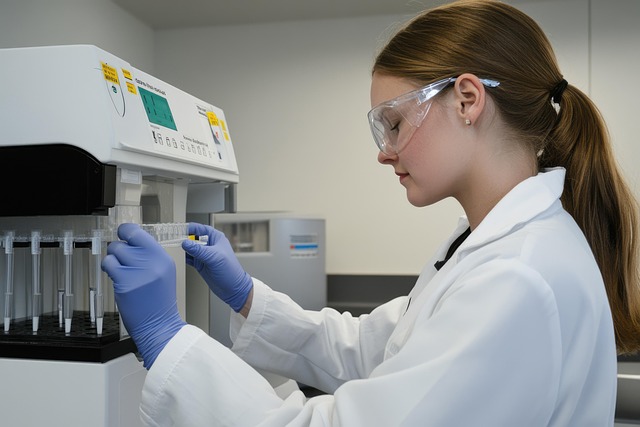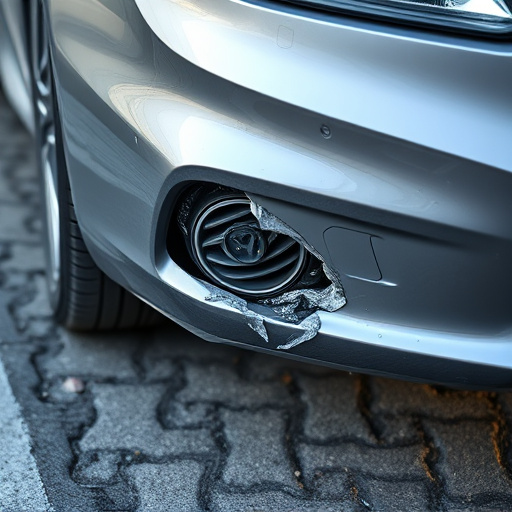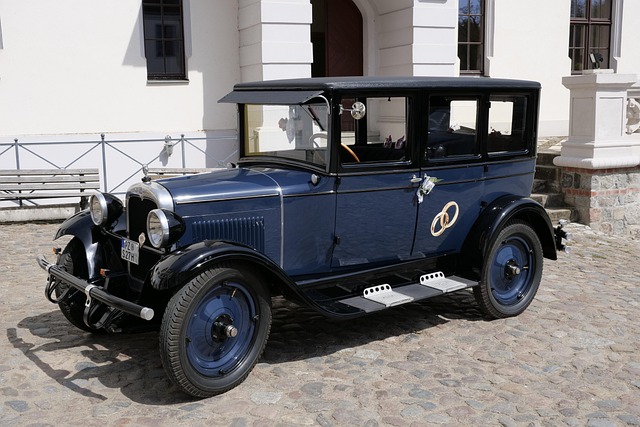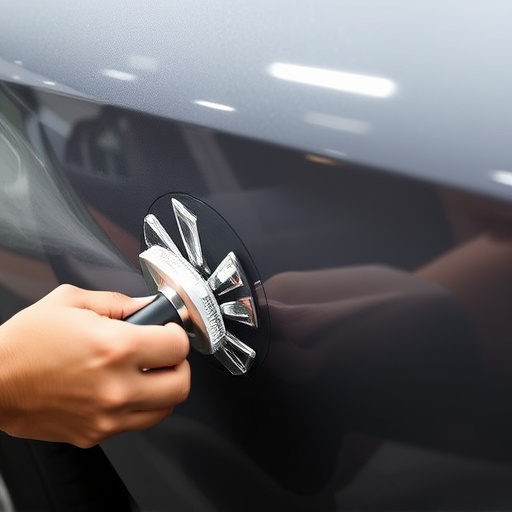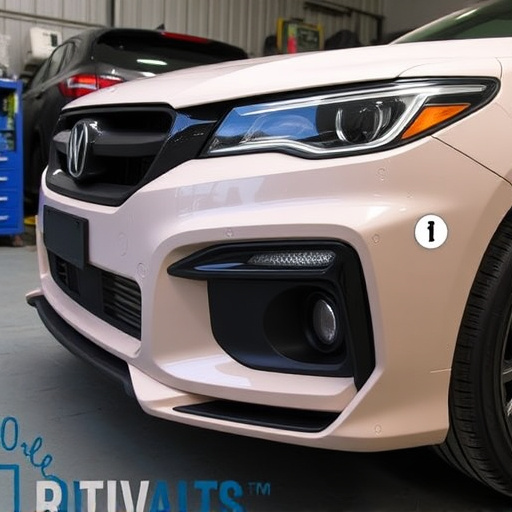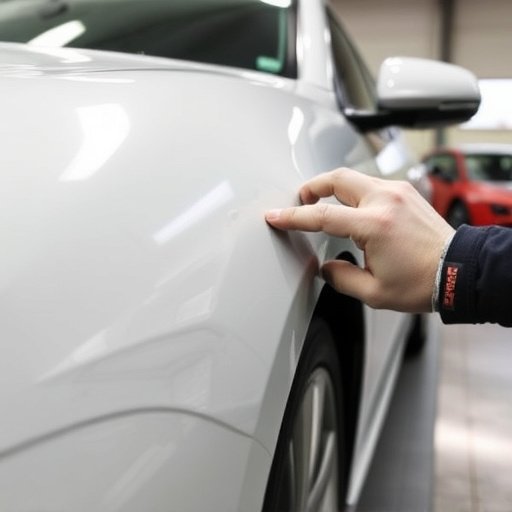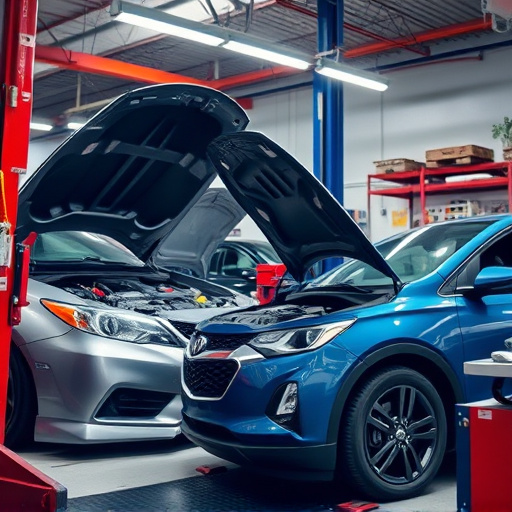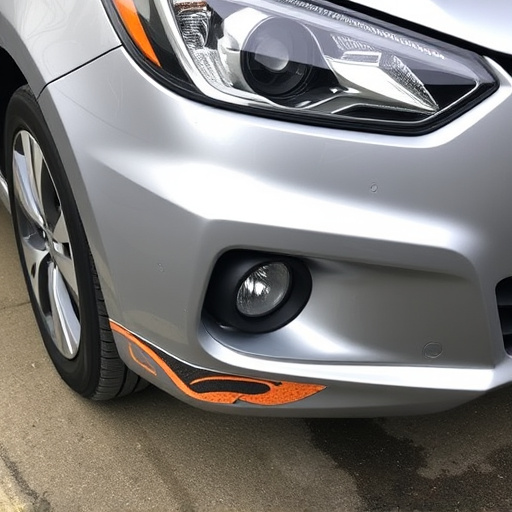Mercedes light sensors, crucial for safe and efficient lighting, require calibration after any repair, especially fender damage. Misalignment or malfunction can lead to inconsistent lighting, compromising safety in low-light conditions. Calibration involves sending precise signals through each sensor using a diagnostic tool near the engine bay, with attention to error codes. High-quality sensors, adherence to manufacturer guidelines, and consistent environmental conditions ensure successful calibration, enhancing visibility and driver confidence, similar to professional dent repair services for aesthetics. Regular maintenance checks post-repair are vital.
After a Mercedes light package repair, calibrating your vehicle’s light sensors is crucial for optimal performance. This guide walks you through understanding Mercedes light sensors, their role in safety systems, and why calibration after repair is essential. We’ll provide step-by-step instructions on how to calibrate these sensors correctly, ensuring your Mercedes functions seamlessly. Additionally, learn about common issues during the calibration process and tips for a successful outcome, all tailored to your Mercedes light package repair.
- Understanding Mercedes Light Sensors and Their Calibration
- Steps to Calibrate Light Sensors After a Repair
- Common Issues and Tips for a Successful Calibration
Understanding Mercedes Light Sensors and Their Calibration

Mercedes light sensors are integral components of modern vehicle lighting systems, designed to optimize illumination and safety. These sensors detect ambient light levels, enabling automatic adjustments to the car’s headlights, tailights, and interior lights, ensuring optimal visibility and fuel efficiency. After a Mercedes light package repair or any auto collision repair involving the fender or surrounding areas, calibrating these sensors becomes crucial for proper functionality.
Calibration ensures that the sensors accurately gauge light conditions, allowing the vehicle’s computer to respond appropriately by adjusting brightness and beam patterns. A misaligned or uncalibrated sensor can lead to inconsistent lighting performance, potentially compromising driver safety during night driving or in low-light environments. Therefore, when performing any car repair services, including fender repairs, proper calibration of Mercedes light sensors is essential for restoring the vehicle’s lighting system to its optimal state.
Steps to Calibrate Light Sensors After a Repair

After a Mercedes light package repair—whether it’s for headlights, taillights, or turn signals—calibrating the light sensors is crucial for optimal illumination and safety. Begin by ensuring all repairs are complete and components are securely fastened. Next, locate the control unit for your lighting system, often found near the vehicle’s engine bay or under the hood. Accessing this unit safely requires a basic understanding of automotive wiring and protocols.
Once you’ve located the control unit, use a diagnostic tool compatible with Mercedes vehicles to calibrate the light sensors. This process involves sending precise electrical signals through each sensor to adjust their output accordingly. Pay close attention to any error codes that may appear on the diagnostic screen during calibration. Addressing these issues promptly ensures your lights function at peak performance and compliance with safety standards, enhancing both visibility and driver confidence—a vital aspect of any auto frame repair or automotive collision repair process.
Common Issues and Tips for a Successful Calibration

Common Issues and Tips for a Successful Calibration
One of the most common issues with Mercedes light sensors after a repair is misalignment or malfunction, which can lead to uneven or inconsistent lighting. This often occurs due to improper installation or damage during the repair process. To ensure accurate calibration, it’s crucial to use high-quality replacement sensors and follow the manufacturer’s guidelines strictly. Additionally, using advanced diagnostic tools can help identify any sensor anomalies more efficiently.
During calibration, keep in mind that environmental factors like temperature fluctuations can impact sensor performance. Maintaining a consistent environment during the process is essential. Moreover, regular maintenance checks after the repair are vital to prevent future issues. Remember, while professional car dent repair or dent removal services might be necessary for physical damages, proper care and calibration of light sensors ensure optimal vehicle functionality, enhancing overall safety and driving experience, not unlike how meticulous dent removal can restore a car’s aesthetic appeal through car repair services.
After repairing or replacing your Mercedes light sensors, proper calibration is key to ensuring optimal performance. By following the outlined steps and addressing common issues, you can successfully calibrate these sensors, enhancing safety and visibility for your Mercedes vehicle. Remember, a well-calibrated light package repair ensures your car’s lights function effectively, making night-time driving safer and more enjoyable.

